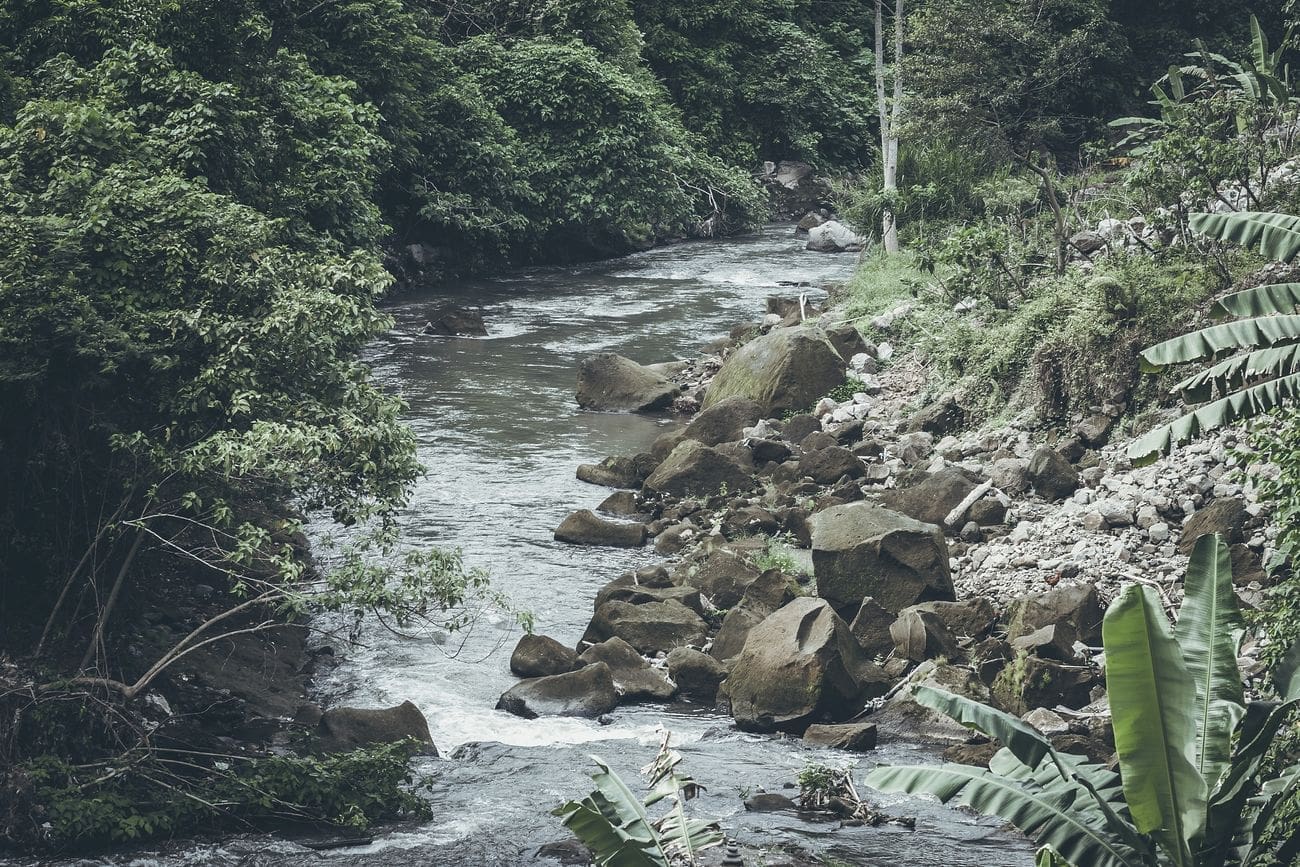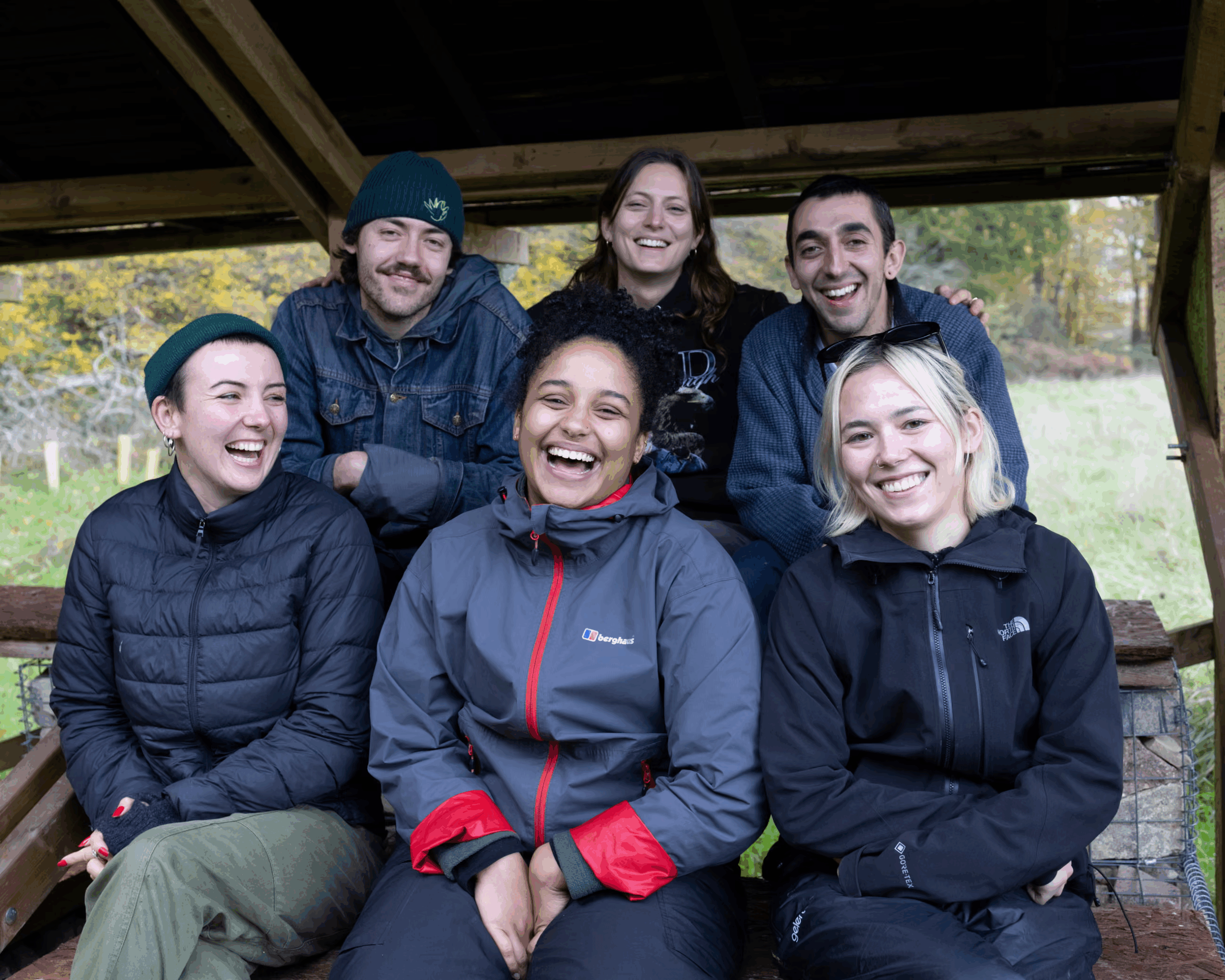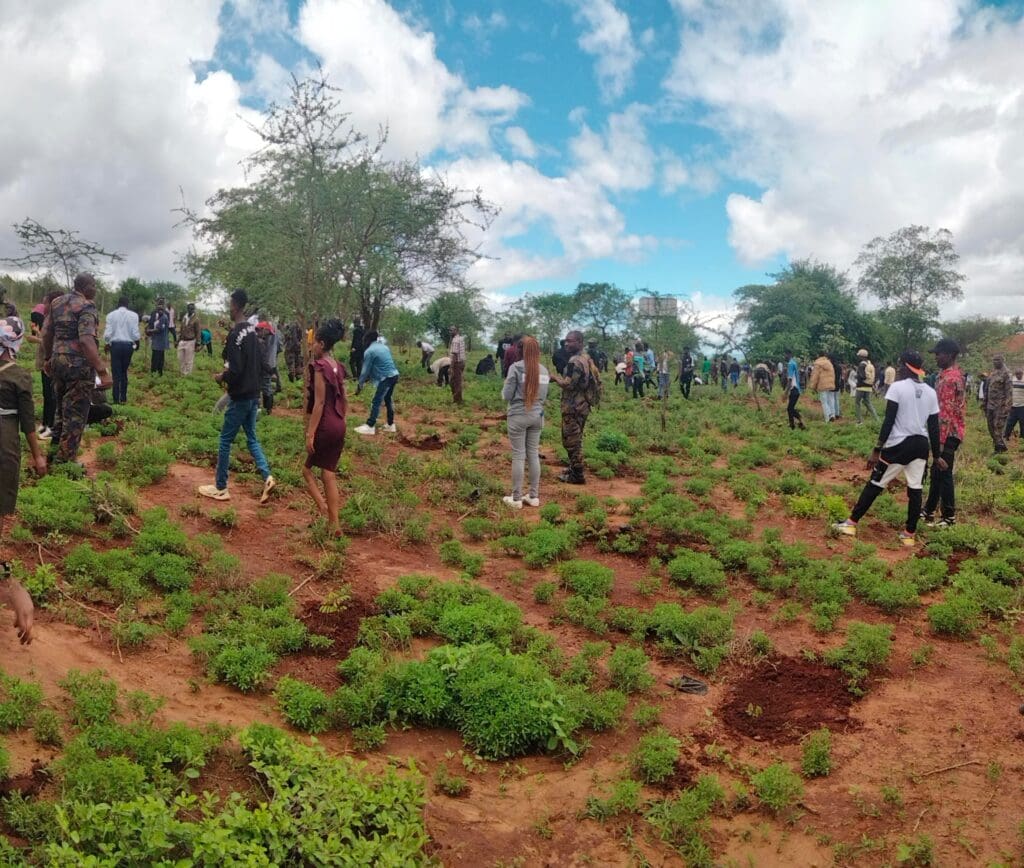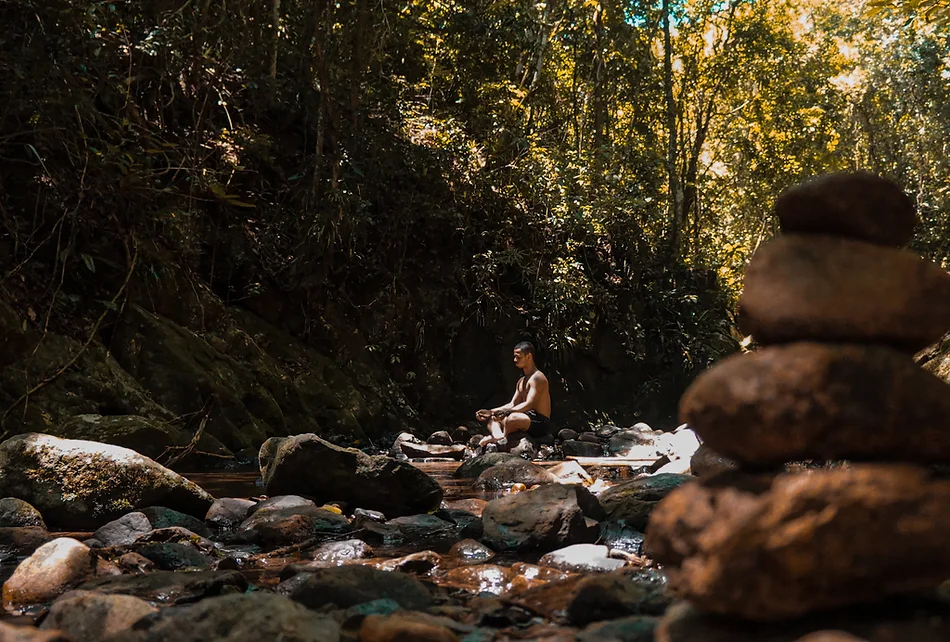We Need a New Climate Story
Nature is Climate
Biodiversity loss is not just the result of climate change, it is a primary driver of climate change. Only solutions that prioritize this web of life will create a truly livable climate for all.

Restore Nature – Cool the Planet
Only nature has the ability to both cool the planet and lower greenhouse gas levels. Our planet is already too hot and too dry to maintain a stable climate and support life. These 4 Climate Keys are interlocking pieces of the cycles we must repair to quickly stop warming and start cooling the planet.
Cool
Healthy ecosystems full of biodiversity create direct cooling effects for our hot planet. More Nature = Less Heat.
Hydrate
Keeping water in the ground supports plants, crops and people. Beavers, insects and microbes are part of the Infiltration Team
Plant
Planting for biodiversity creates healthy ecosystems. Forests sequester carbon and use water vapor to move heat away from the Earth
protect
Indigenous leadership and wisdom can help us. Stop deforestation, industrial ag, mining, and pollution that kill off biodiversity.
Replace with regenerative practices
Q: What about atmospheric Carbon Dioxide – you know – the greenhouse effect?
A: It’s an important part of the story, but not the whole story. Learn More.
Who We Are
Bio4Climate Tells the Hidden Stories
For nearly a decade we have looked behind, around, and under the prevailing climate narratives for the missing pieces of the puzzle. We continue to bring you authors, ecorestoration specialists, and scientists from around the world who explore the interlocking systems that create a livable climate.

Stay on top of the Climate Conversation
Through education, policy and outreach, we promote the great potential of inexpensive, low-tech and powerful Nature solutions to the biodiversity and climate crises, and work to inspire urgent action and widespread implementation of many regenerative practices.
This Week
News and Insights

The Power of Restoring Ponds to Boost Britain’s Climate Resilience
When we think of bodies of water, ponds are not often thought of as the most “important.” Though small and oft-overlooked, ponds are crucial to storing water and supporting biodiversity. Ponds act as buffers during floods and periods of drought in ways that rivers, wetlands, and other bodies of water don’t.
“Restoring ponds – old and new, rural and urban – is one of the simplest, most effective steps we can take. Every pond counts, from a farm hollow to a garden bowl. Together, they form networks that wildlife needs to survive and make our landscapes more resilient to climate change.”
In the face of a nearly 60% decrease in the number of ponds in areas of Britain from 1900 to 2019 along with a stark decrease in pond density, conservation efforts to restore ponds and encourage biodiversity are underway. Learn more about the importance of ponds and how you can build a wildlife pond in your own backyard.

Photo courtesy of Graeme Robertson/The Guardian
Movement to Accelerate Nature Recovery in the UK Takes Flight
What was once a retirement home for horses has been transformed over four years through rewilding led by young people. Called the Youngwilders, this youth-led movement aims to support nature recovery in Britain, one of the most nature-depleted countries in the world.
Slowly, they have witnessed wildlife returning to Maple Farm, the plot of land where their movement began. Nightingales and butterflies take flight, while snakes and insects burrow in the ground among the scrub and hedgerows. Oak saplings take root, and bees nest in the hollows of the trees their seeds came from.
“From a planetary perspective, restoring small parcels of land might feel insignificant, but this is the way a global nature restoration movement starts: one field, one sapling, one nightingale at a time.”
Events and Community

How Trees & Forests Shape Our Climate Guest Speaker Highlight
In her recent presentation at the Intergovernmental Hydrological Programme at UNESCO in Paris, atmospheric physicist Dr. Anastassia Makarieva highlighted a scientific idea that is rapidly reshaping global climate understanding: forests are not passive carbon sinks—they are active atmospheric regulators, generating rainfall, stabilizing moisture flows, and moderating extreme weather. Speaking at the Green Water Dialogue, convened to raise awareness of the active role that vegetation plays in sustaining the water cycle, Anastassia drew from her pioneering work on the biotic pump to show how intact forests create pressure gradients that pull moist air inland, sustaining rivers, agriculture, and regional hydrology. Her message at UNESCO was clear: without healthy forests, the world’s water cycles falter.
Anastassia’s insights go to the heart of our upcoming course, How Trees & Forests Shape Our Climate, where she will join us as a featured guest on February 5 at 12:00 pm ET. She will expand on how forest structure, biodiversity, and energy exchange processes regulate climate far beyond carbon—revealing why forest protection must be central to climate strategy.Don’t miss this opportunity to learn directly from one of the world’s leading voices in forest–atmosphere science. Scholarships are available; please reach out to courses@bio4climate.org for more information.

Bio4Climate Outreach Intern Participates In Indigenous Tree Planting
On November 28th, 2025, Betty Bitengo Atandi, Outreach Intern for Bio4Climate based in Nairobi, Kenya, participated in a major tree-planting activity organized by AAR Healthcare in Ngong Forest, planting over 24,000 indigenous tree seedlings to help restore the forest and improve Nairobi’s environment. She worked alongside AAR staff, community groups, and other volunteers, preparing the planting spots, placing the seedlings, and covering them with soil.
“It was a meaningful experience because we contributed directly to long-term forest recovery and climate action” - Betty Bitengo Atandi
Miyawaki Update
This week we’re highlighting Stories from the Field: Miniforests in Cities, Schools, and Farms in the Northeast US, where four presenters shared grounded insights from transforming leftover urban spaces, schoolyards, and riparian buffers into miniforests across MA, CT, NY, and PA. Together they illuminated the nuances of site selection, density design, early establishment, and community-based monitoring.
Caseylee Bastien encouraged practitioners to look for “wastelands”—stump dumps, polluted edges, and odd gaps between roads—because “those are the spots where you have the opportunity to make big changes.” He emphasized that a miniforest is “a community, not just a plantation,” and that “the secret is in the soil,” where duff layers, fungi, and macroinvertebrates build early resilience.
Bram Gunther situated miniforests within Plan It Wild’s broader mission “to rewild the metropolitan areas of the United States.” He emphasized studying density in context and shared a collaborative density experiment with a student exploring how planting intensity influences growth and habitat function. Bram also introduced WILDr, Plan It Wild’s ecological scoring and planning framework.
Mary Ellen LeMay described installing seven micro forests at Bridgeport elementary schools through a Climate Smart grant—planting 4,688 natives and integrating a fourth-grade “student scientist” program using iTree. Teachers are now using the forests as outdoor classrooms, and by year two, shade and groundcovers have significantly reduced weeds.
Andrew Leahy shared a riparian restoration approach: fourteen dense Miyawaki plots planted along a degraded stream buffer using broadfork decompaction, six inches of leaf litter, and a low-intervention establishment strategy. Even with minimal inputs, these plots are showing remarkable vigor and outperforming adjacent conventional plantings.
The Q&A underscored that miniforest maintenance depends on reading each site’s conditions—from low-intervention resilience building to more supportive early care—and that long-term success ultimately rests on community adoption, context-aware stewardship, and designs that help people feel at home with “wildness.”
Stories from the Field left us with four questions to reflect on:
- How do we determine the right level of maintenance for each site—balancing low-intervention approaches with the support young miniforests need in challenging urban and suburban conditions?
- What shifts when we approach a miniforest as a living community—one that forms its own relationships—rather than as a planting project to be managed?
- How can we better understand and support the belowground community—duff layers, fungi, and macroinvertebrates—so that their relationships meaningfully guide how we design, plant, and care for miniforests, especially in urban and suburban soils?
- What unique opportunities arise when miniforests are planted along stream buffers, and how might the method help us rethink riparian restoration practices?
We hope these questions deepen your own thinking as well.
A Moment for Art
Today, we are excited to share artwork by one of Bio4Climate's board members. Susan Farist Butler's exhibit, "Gaia Song: Seeking Equilibrium," was featured on the Bio4Climate website in 2023, and it takes readers on a journey through essays, articles, and paintings about climate. Keep reading to read part of the artist statement for Map of the Devastation of the Amazonian Rainforest.

Because of enormous clear cutting in northeast Amazonian rain forest, rainfall has decreased by 20% in the south and east of the rainforest. The RED on the map shows where there is drought, desiccation, wildfire, savannah and desertification. Those places were recently rain forest.
We must protect the Amazonian Rainforest. Without it, the global climate and weather system will collapse. If the Amazon becomes the Sahara, we are cooked.
The 2025 Northeast Miniforest Summit featured more than a dozen speakers across two virtual half-days and an in-person bus tour, bringing together practitioners, researchers, and leaders from diverse fields to unpack the Miyawaki Method from root to canopy.
Recordings Are Now Live! Learn more and stay connected at miniforests.bio4climate.org

Tell nature’s climate story, the story of connection and life.
― Beck Mordini
Transformation in Mexico
Eco Restoration Works
Watch what happens! A degraded landscape in Mexico is transformed by regenerative management. It took only two years (the arrow points to the same tree).

